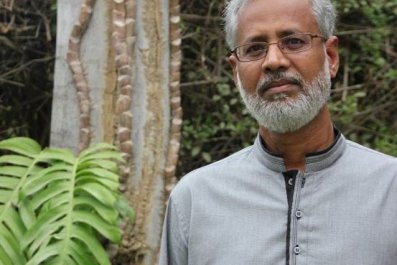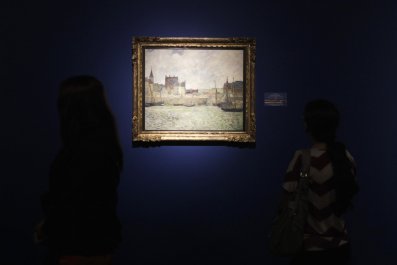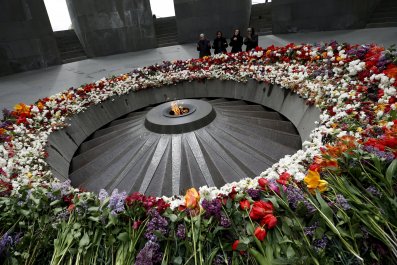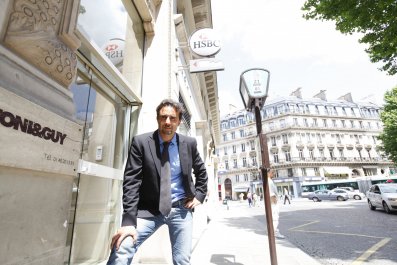I pursued the magnificent Late Rembrandt exhibition from London's National Gallery to the Rijksmuseum in Amsterdam more in the spirit of an enraptured football fan than an artistic connoisseur. Some teams, or shows, are so great that you must follow them wherever they go, home and away.
The home leg here was, of course, Amsterdam. This was where Rembrandt lived, had relationships, worked and died. And my sense of this universal but also protean, multifaceted and theatrical artist was transformed in his home town. More or less the same exhibition – the Rijksmuseum version has four fascinating paintings not seen in London – looked quite different under Dutch skies from what I remembered in London.
The National Gallery had chosen to exhibit the late paintings, drawings and etchings in the sepulchral, airless space of the Sainsbury Wing's basement. Certain works glowed out of the darkness with great dramatic intensity, with The Jewish Bride – that unmatched study of conjugal tenderness, which Van Gogh said he would happily give up 10 years of life to spend a fortnight looking at – taking up one whole wall of what seemed a shrine within a shrine. The tragic pathos of the two Lucretia paintings, catching the Roman heroine in the act of taking her life in response to violation, seemed amplified in the crypt-like gloom. But the exquisite drawings and masterful etchings, including some of the greatest works in the show, such as the various states of the Three Crosses and the Nativity, were barely visible at all.
In the spacious, naturally lit galleries of the Rijksmuseum, by contrast, the darkness that saturates so many of Rembrandt's late works is lightened. Mystical religiosity is leavened by a greater emphasis on the everyday, the public, even the humorous. Here the Jewish Bride shares a wall with the warm, domestic Family Portrait from Braunschweig – a consonant pairing which the Rijksmuseum's head of collections Taco Dibbits said had inspired him to put on the show in the first place. One of the paintings not seen in London is the startlingly earthy self-portrait as Zeuxis, the ancient Greek artist said to have laughed himself to death when commissioned to paint an old hag in the guise of Aphrodite.
Here is a more satirical side of Rembrandt from the infinitely compassionate artist who could empathise with Lucretia or the compromised Bathsheba. Other unexpected facets also appear in another show running concurrently in Amsterdam. This is Rembrandt's Late Pupils at the Rembrandthuis.
Alongside his calling and practice as an artist, Rembrandt for most of his working life ran a parallel career as a teacher. His pupils are numbered in scores and include some of the most distinguished figures in 17th-century Dutch art (Maes, Van Hoogstraten, Ferdinand Bol). Rembrandt was in demand not because he was seen as a visionary humanist but because of his mastery of so many painterly and graphic skills. And if you think of Rembrandt as a gentle, sympathetic soul, who could so beautifully convey the dreamy inwardness of the expression of his son Titus, then he was not always gentle as a teacher. "Sometimes I was so saddened by my master's hard instructions," wrote his pupil Samuel van Hoogstraten, "that I would not eat or drink, and slake my thirst with my tears."
Gottfried, later Sir Godfrey, Kneller complained about the lack of "exact design and true proportion" in Rembrandt's loose method. On the whole, though, Rembrandt's late pupils learned profitably from their tough master. There is work of great variety; I was especially struck by the delicate landscape sketches of Peter de With and the powerfully emotional biblical scenes of Abraham van Dijck. One of Rembrandt's most talented and devoted pupils was Willem Drost, who died in Venice aged only 25. Drost stayed so close to Rembrandt's style that art historians still struggle to distinguish their works.
Here, again, was a different Rembrandt from the one I thought I knew: not so much the mysterious shaman as a figure fully of his time and place, juggling careers. Even the most universal artists spring out of local clay.















































